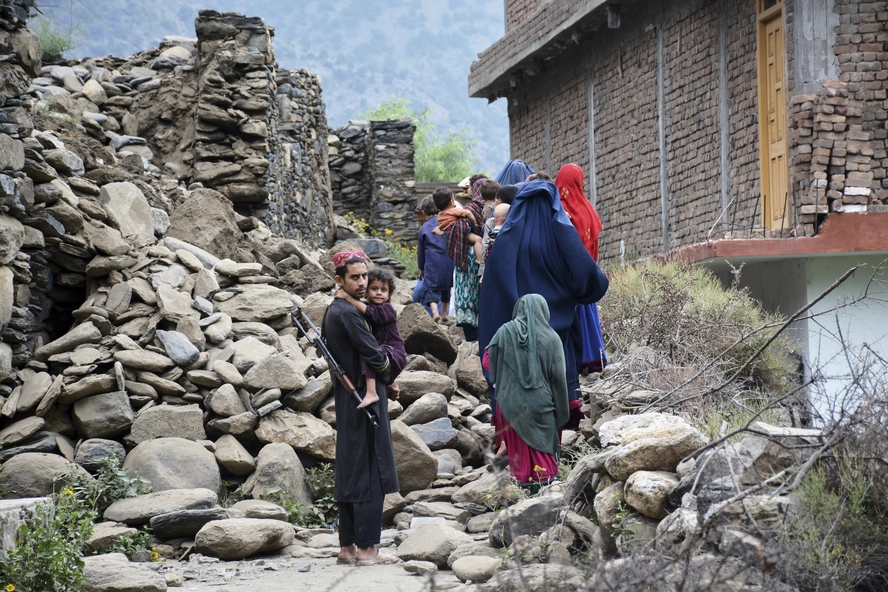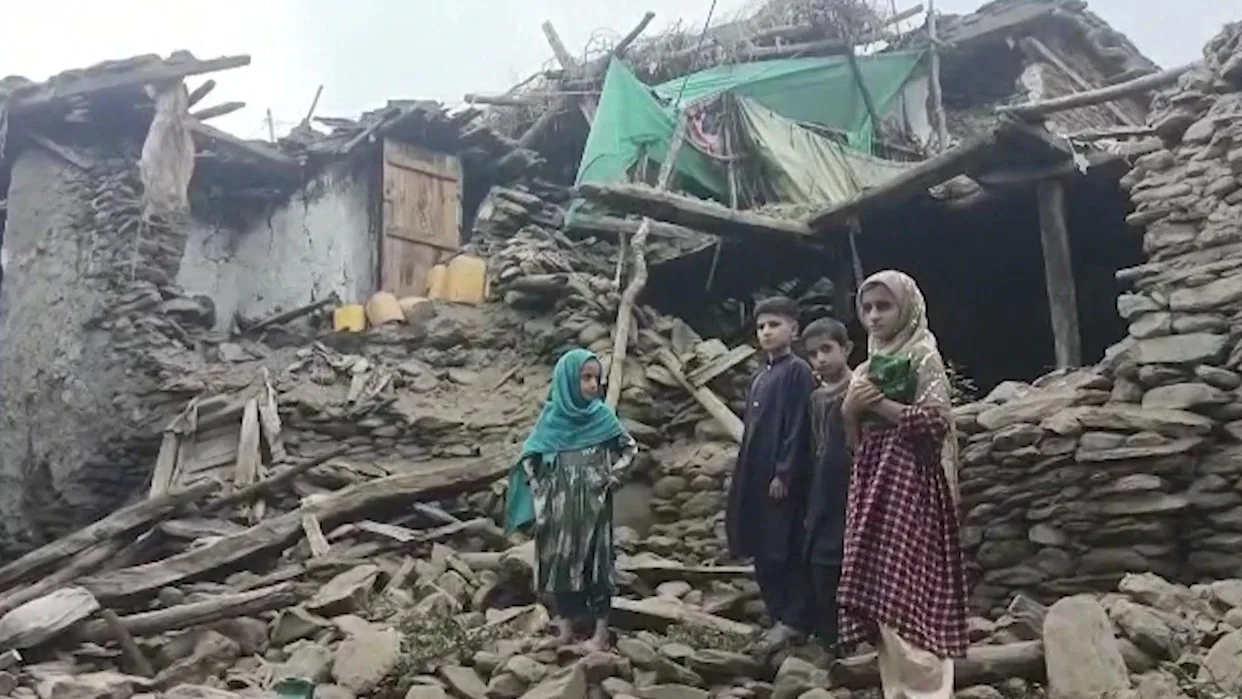When the ground shook just after midnight in eastern Afghanistan, entire villages crumbled within seconds.
More than 800 lives were lost, at least 2,800 injured, and rescuers are still scrambling to reach cut-off mountain communities.
The quake measured 6.0, shallow and devastating.
What makes this worse? Afghanistan’s already fragile state.
Years of war, a crumbling economy, dwindling aid, and now—another disaster.
“We need it because here lots of people lost their lives and houses,” pleaded Sharafat Zaman, a health ministry spokesperson.
In Kunar province alone, three villages were wiped out. Survivors spent the night in fear of aftershocks.
What’s The Situation Now?
“The entire village has been destroyed. Children and elders are trapped under the rubble.
We need urgent help,” said one resident in Mazar Dara.
But getting help there is nearly impossible. Roads blocked by landslides.
Heavy rains turning mountain slopes into traps. Mudbrick homes collapsing like sandcastles.
As Kate Carey from the U.N. explained: “The risk of landslides and rock slides is significant—many roads are impassable.”

And aid? Scarce. International funding for Afghanistan has collapsed since the Taliban takeover.
Some support trickles in—India sent tents and food, China pledged help—but it’s a drop in the ocean.
A cruel irony lingers: Afghanistan sits on one of the world’s most earthquake-prone fault lines.





